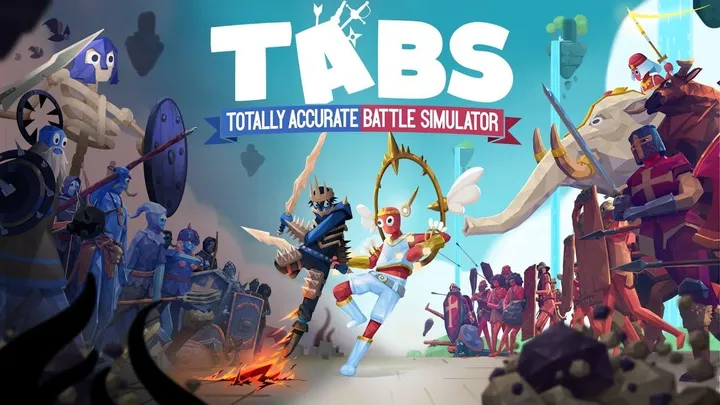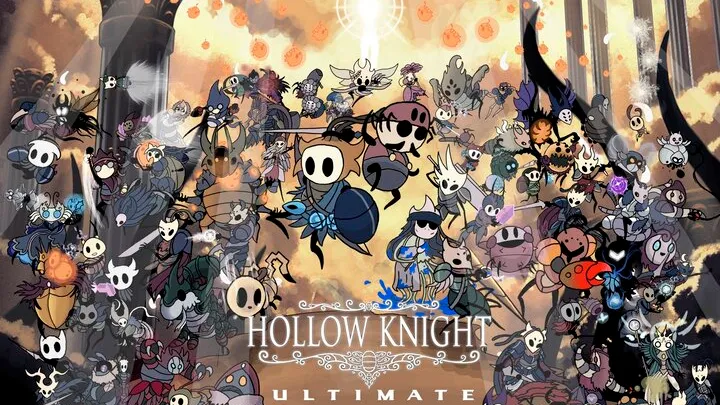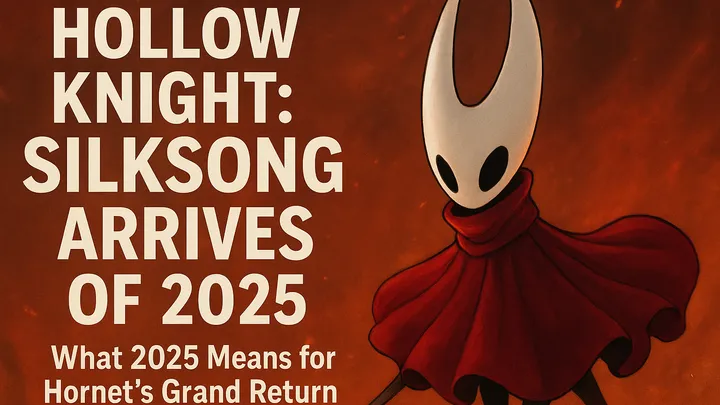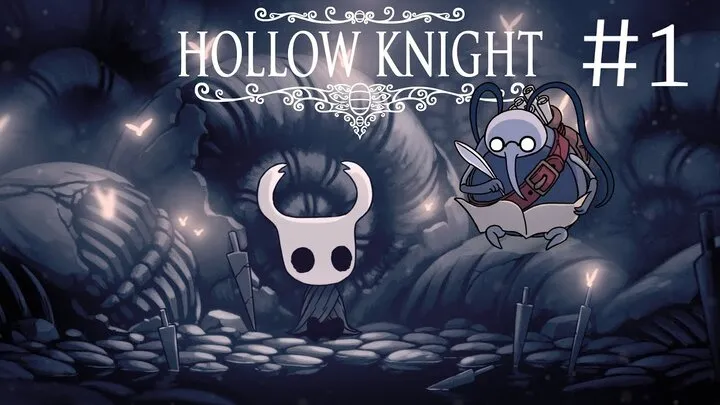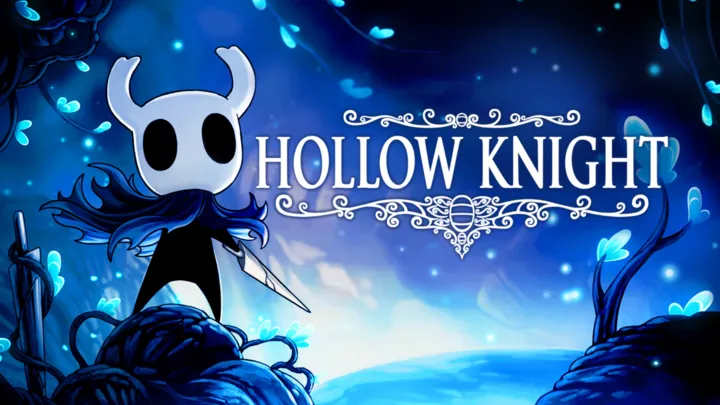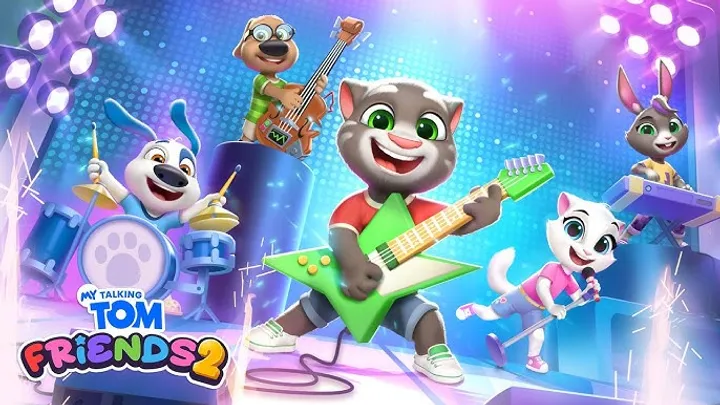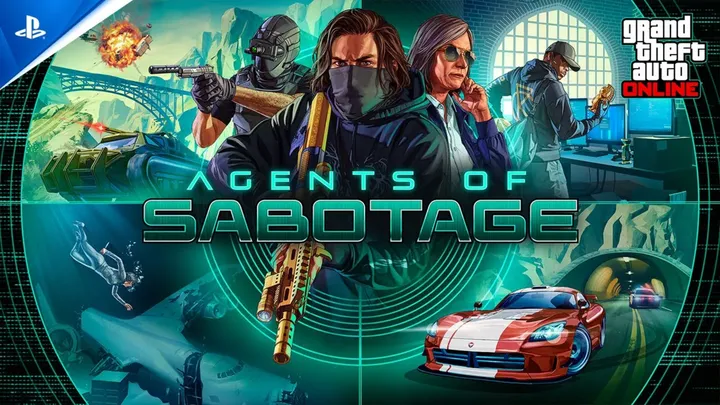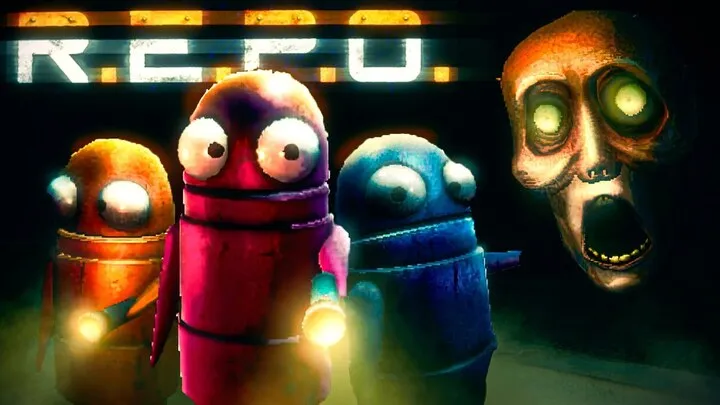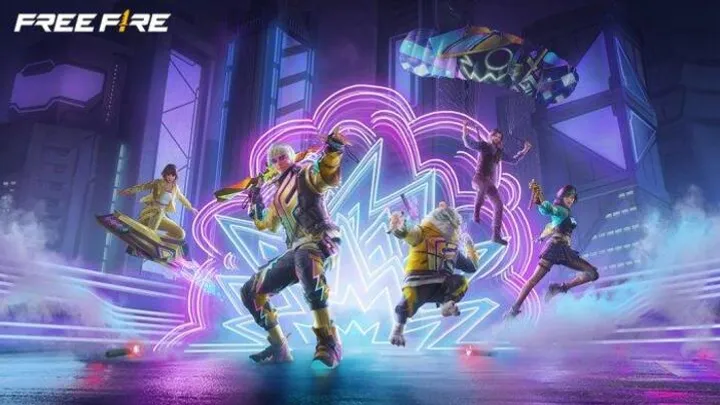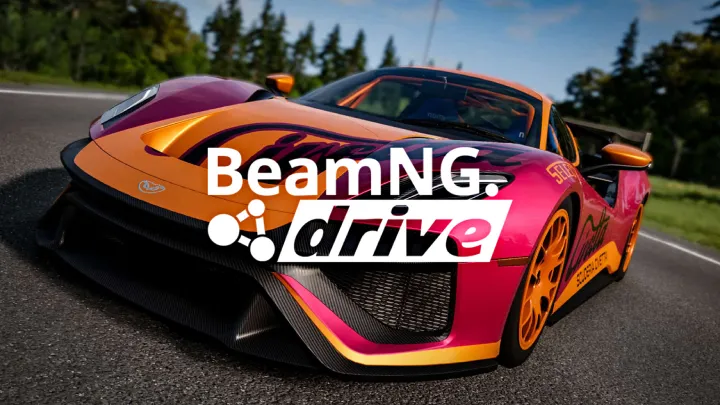Introduction
inZOI, developed by Krafton, has quickly gained attention as a next-generation life simulation game often compared to The Sims series. Powered by Unreal Engine 5, it offers breathtaking graphics, lifelike animations, and an unprecedented level of detail. Players can design characters, build homes, and guide lives in a sprawling open world. At its heart, the game promises freedom—yet many players are beginning to notice that this freedom exists within carefully built boundaries. The core issue at stake is creativity versus limitation. While inZOI encourages imagination, the very systems designed to support it also impose restrictions that shape how players interact with the world.
The First Taste of Creativity
When players first step into inZOI, the sheer breadth of customization feels liberating. Characters can be sculpted with fine detail, environments can be shaped, and choices seem limitless. The comparison to older simulation titles immediately sparks excitement, with many praising its step into realism.
But this first encounter can be deceptive. The more time players spend experimenting, the more they discover the invisible rails guiding their creative expression. That realization sets the stage for the deeper debate about freedom versus structure.
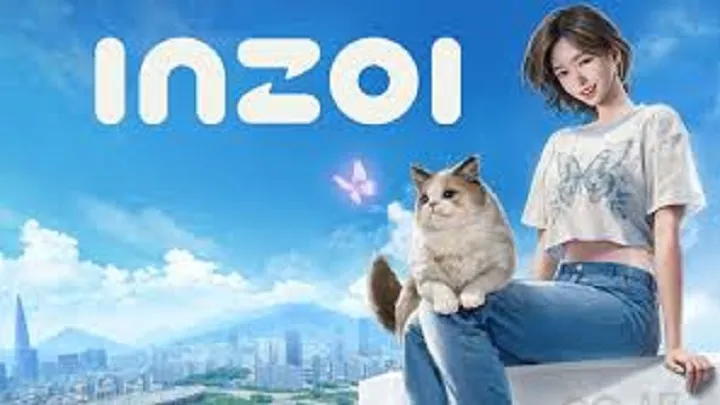
Why Creativity Is Central to inZOI
Creativity is the foundation of life simulators. Without it, the genre collapses into rigid systems. inZOI markets itself as a sandbox where imagination thrives.
H3: Core Areas Where Creativity Shines
- Character creation with unprecedented detail in physical design
- Building systems that allow architectural expression
- Narrative choices that guide player-made stories
Still, while these systems encourage experimentation, they also reveal clear patterns. Choices, though wide, are not infinite. Every option comes from pre-designed developer assets, meaning creativity is framed rather than boundless.
The Illusion of Limitless Freedom
One of the most common critiques of inZOI is that it creates an illusion of limitless freedom. At first glance, the options feel endless, but closer inspection reveals structural limits.
For example, players can create a wide variety of buildings, but zoning rules, animation boundaries, and resource constraints force choices into predictable patterns. Similarly, while players can design characters with incredible detail, personality systems operate within a relatively narrow scope.
This illusion is powerful because it initially satisfies player imagination, but over time it raises questions about whether the game is truly as open as it seems.
Psychological Impact of System Constraints
System limitations in inZOI are not just mechanical; they shape how players feel about the game.
H4: Common Emotional Responses
- Frustration when ideas cannot be fully realized due to game rules
- Disappointment when freedom feels less than advertised
- Adaptation as players learn to work creatively within constraints
For some, these constraints are motivating, challenging them to innovate within boundaries. For others, they feel like barriers that stifle creativity instead of encouraging it.
How Constraints Affect Long-Term Engagement
At launch, inZOI thrives on novelty. New players revel in designing lifelike characters and exploring environments. But as the hours build, system constraints become more visible.
Players who crave total freedom begin to lose engagement, realizing that their creative visions eventually converge with the limitations of the engine. For example, neighborhoods may feel repetitive after enough play, no matter how many times players rebuild them. This has significant implications for the game’s long-term appeal.
Community Workarounds and Mods
One way players address these limitations is through mods and creative workarounds.
H3: Common Strategies Players Use
- Modding tools that unlock hidden or expanded customization options
- Roleplaying communities that use imagination to bypass mechanical restrictions
- User-generated content that adds new life to constrained systems
These workarounds demonstrate that while inZOI’s systems have limits, its community actively pushes against them. The tension between official systems and community creativity is now part of the game’s identity.
Comparisons with The Sims and Other Life Sims
The creativity-versus-limitation debate in inZOI mirrors older conversations about The Sims. In both games, the developers provide assets and systems while players push them to their limits.
H4: Key Differences
- The Sims: Broader modding community, but aging engine restricts realism
- inZOI: Superior visuals and immersion, but fewer long-term systems at launch
- Other Sims (Paralives, etc.): Promise flexibility but lack in polish compared to inZOI
By comparison, inZOI offers stunning presentation but risks falling into the same trap of being visually rich but mechanically constrained.
Balancing Realism and Player Freedom
The tension between realism and creativity is central to inZOI’s design. Developers want the world to feel authentic, but authenticity requires rules. For instance, physics, pathfinding, and animations must obey logic, which limits how far creativity can stretch.
The real challenge is balancing realism with freedom. Too much realism, and players feel trapped by rigid systems. Too much freedom, and the world loses believability. inZOI walks this tightrope, with some players applauding the balance and others criticizing the restrictions.
Possible Improvements and Future Updates
inZOI is still a young game, and updates could expand its creative potential.
H3: Potential Solutions to Expand Creativity
- More diverse building assets to prevent repetition
- Expanded personality systems to create more dynamic characters
- Official modding tools that empower community innovation
- Sandbox modes with relaxed rules for pure creativity
By adopting these improvements, inZOI could transform its tension into strength, allowing freedom without sacrificing the realism it prides itself on.
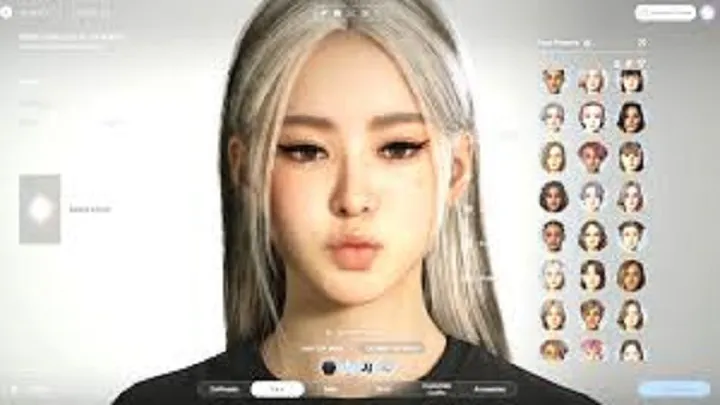
What inZOI Teaches About Creative Freedom in Games
inZOI highlights an important lesson for game design: freedom is never absolute. Even in the most open-ended simulators, creativity must operate within boundaries. The key is not removing those boundaries but designing them in ways that feel empowering rather than restrictive.
The creativity-versus-limitation issue in inZOI is not a flaw but a reflection of the genre’s complexity. It reminds us that imagination thrives in partnership with rules, but only when those rules feel supportive rather than suffocating.
Conclusion
inZOI is both a marvel of simulation and a mirror reflecting the challenges of game design. It dazzles with its graphics, customization, and promise of freedom, yet it also reveals the boundaries that shape player creativity. The struggle between imagination and system limitation is not just an issue in inZOI—it is the defining feature of the entire life simulation genre.
Whether players see these constraints as challenges or frustrations depends on their mindset. For some, they inspire new forms of creativity. For others, they dampen enthusiasm over time. The future of inZOI will depend on how developers refine these systems and how the community continues to push against their boundaries.
